|
December 13th, 1941 was a day filled in equal measures by heroism and despicable treachery on the little island of Ni’ihau in the Hawaiian Islands chain. It all started with the attack on Pearl Harbor, and a Japanese aviator who crash landed on the island. The pilot was knocked unconscious during the landing, and was relieved of both his pistol and sensitive military documents by an island resident by the name of Hawila Kaleohano. Kaleohana didn’t know of the attack on Pearl Harbor (the island didn’t have electricity or many radios), but he thought the actions prudent because he knew tensions were high between the U.S. and Japan. The Hawaiians proceeded to show the pilot hospitality, but could not effectively communicate with him. So, they sent for someone who could speak Japanese, eventually getting Yoshio Harada, who was born in Hawaii and therefore was an American citizen. Long story short, all three Japanese-American residents of the island began collaborating with the Japanese pilot and fomenting a plan to free him, recover his papers, and aid his escape. When assistance from the larger islands didn’t arrive, due to all civilian air and naval traffic being shut down in the wake of the attack, the Japanese made their move. While all contributed to the plot, the pilot and Harada did the most heavy lifting. They took hostages, threatened to murder civilians, and generally terrorized the islanders in order to try and recover the documents (little did they know that Kaleohana had rowed away to another island with the papers to protect them). They messed with the wrong folks when they threatened Ben and Ella Kanahele however. Working together the husband and wife duo set upon the pilot and the traitor in an attempt to disarm them. Ben was shot three times in the scuffle, but managed to hoist the pilot above his head and smash him down onto a stone wall. Ella proceeded to bash the pilot’s head with a rock, while Ben recovered his hunting knife and slit the pilot’s throat. The traitor Harada committed suicide instead of being captured and facing responsibility for what he had done. THE PISTOL The pistol was never documented best I can tell, but the Japanese military had three main homegrown sidearms used by their troops (as well as a dizzying array of foreign produced and privately purchased pistols). -The most iconic and common is the Type 14, with its extremely distinct skinny barrel and sharply angled grip. Earlier variants have a smaller trigger guard, while later variants have an enlarged one to better accommodate gloved fingers.
-The oddly humped Type 94 was a popular weapon for aircrew, so there is a decent chance that this is what the Japanese pilot carried on his final flight. Many people have said this pistol has the unfortunate distinction of being the worst pistol of WW2. -The Type 26 revolver was a holdover from the Russo-Japanese War and WW1, but soldiered through until the end of WW2 (mostly in the hands of Japanese NCOs). https://en.wikipedia.org/wiki/Niihau_incident…
0 Comments
Leave a Reply. |
Jon K.Weapons collector, history buff, Army officer, Pug enthusiast. Archives
December 2020
Categories
All
|
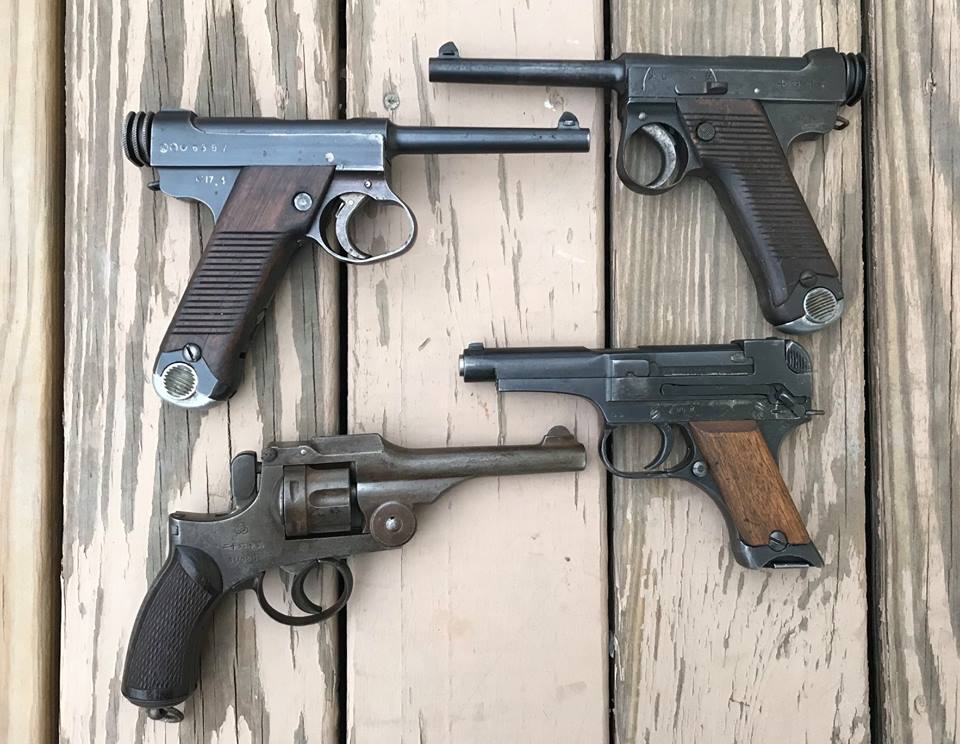
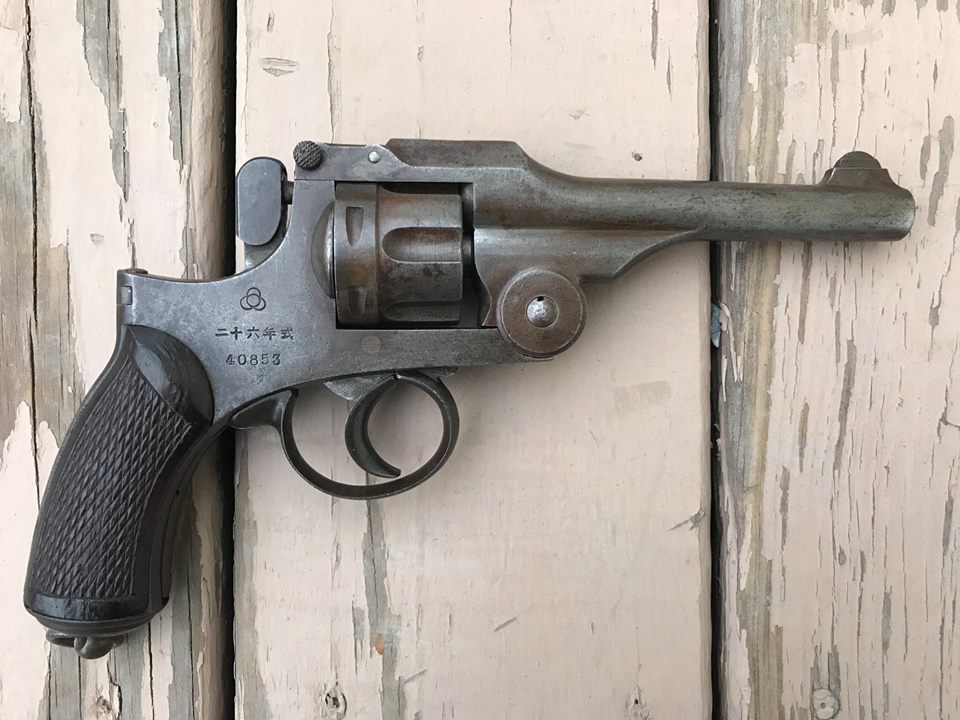
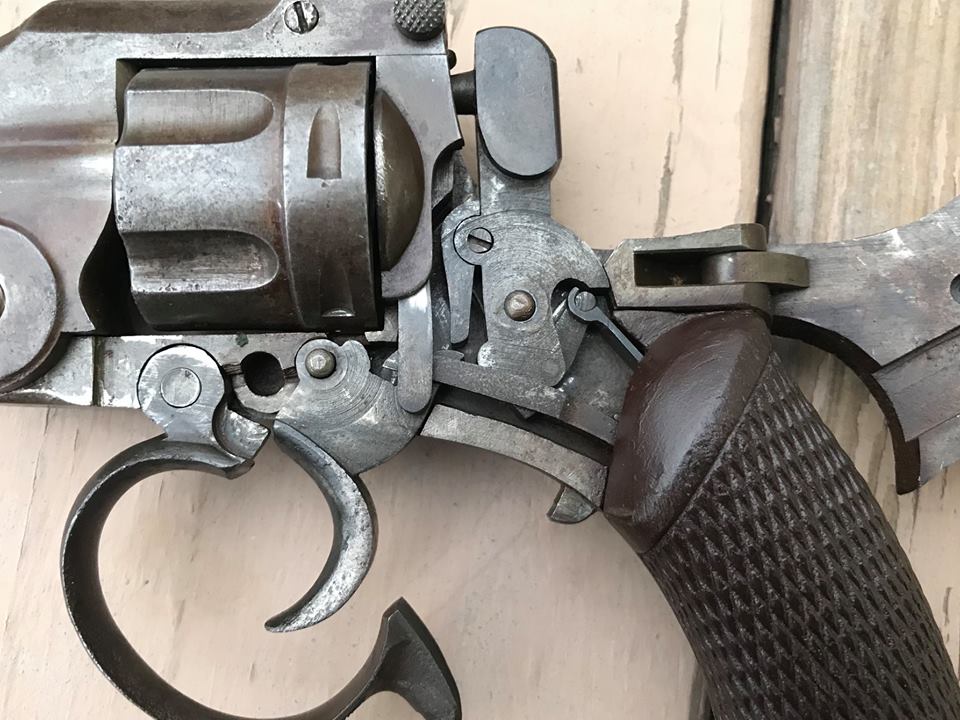
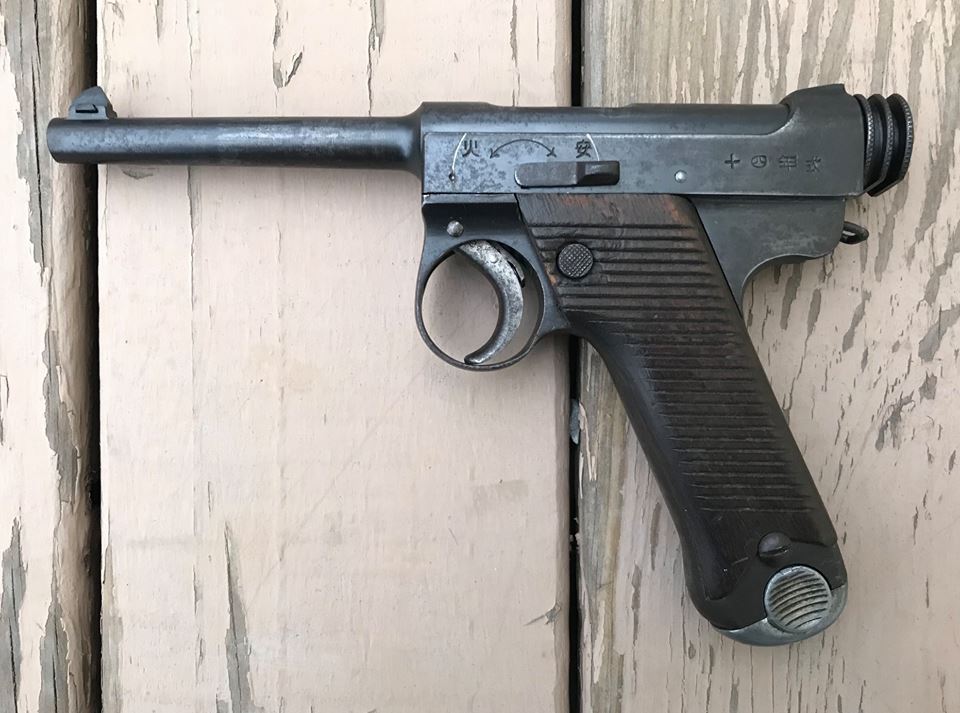
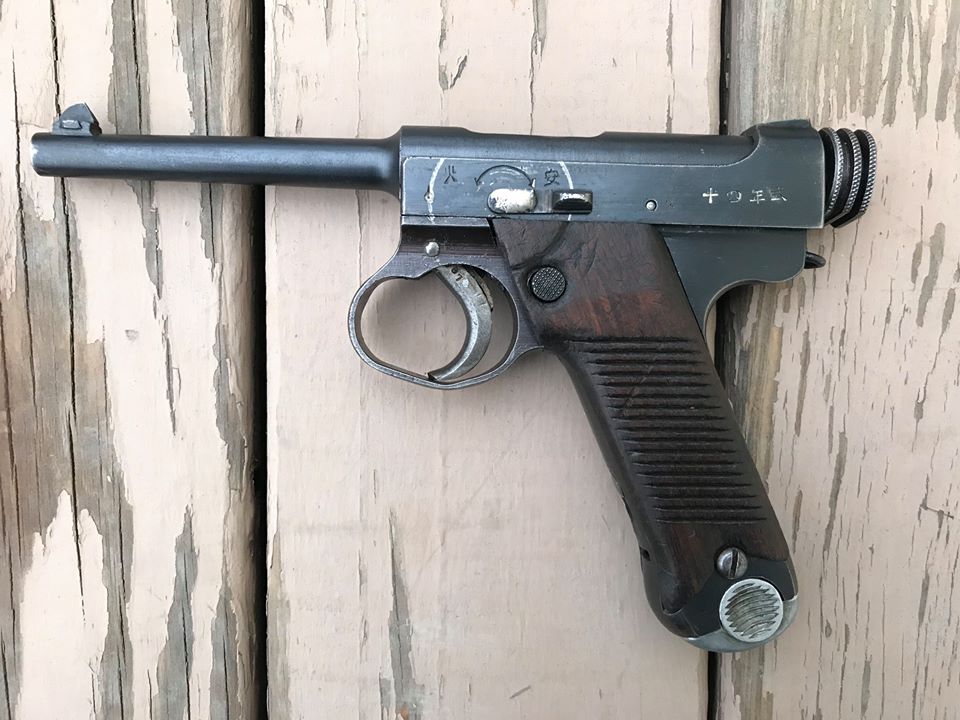
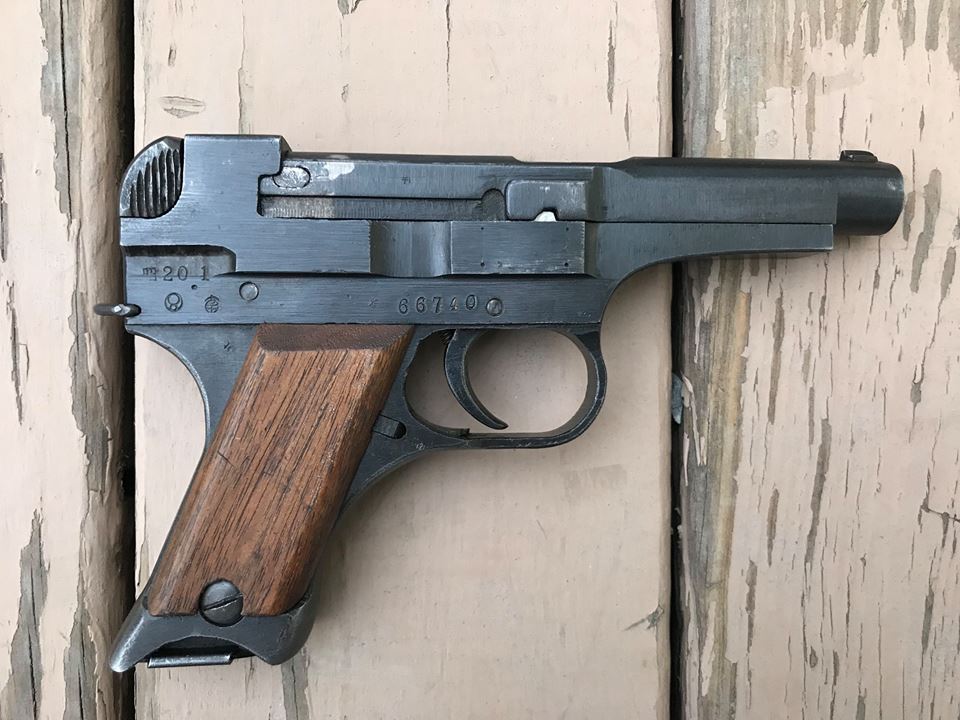
 RSS Feed
RSS Feed
